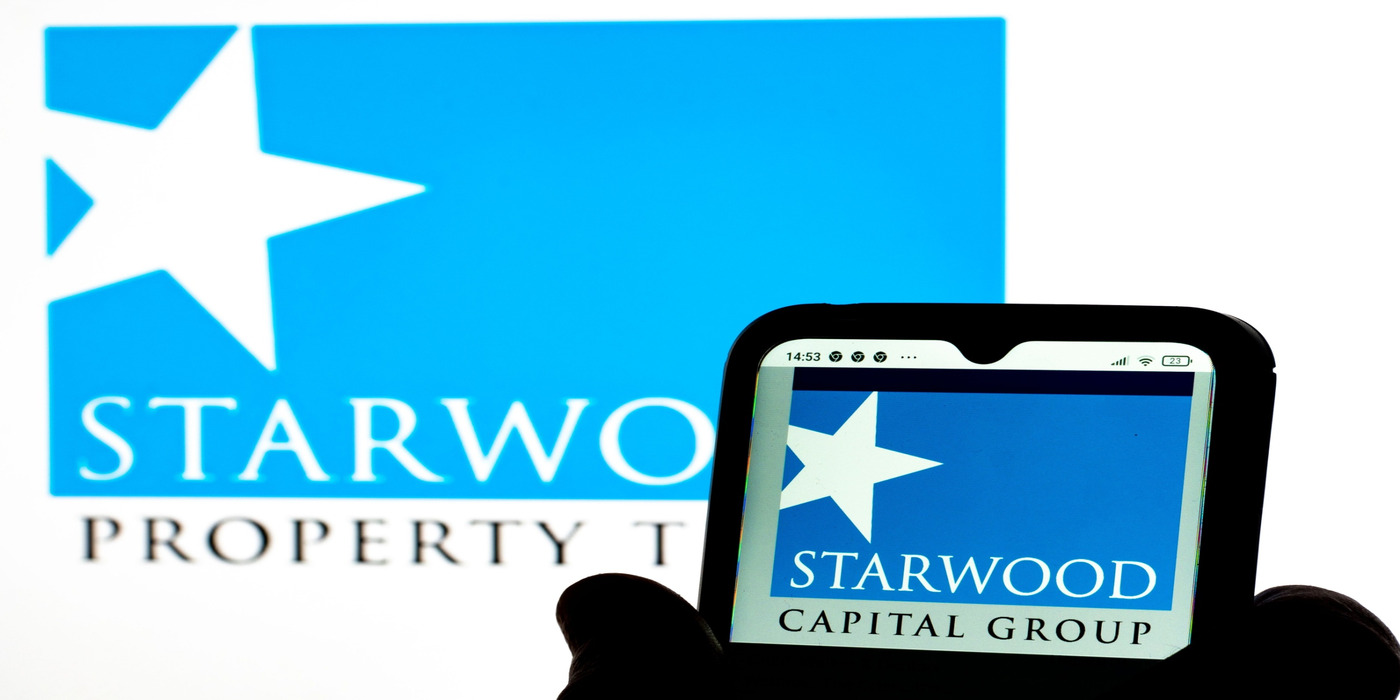
Commercial real estate lender Starwood Property Trust (NYSE: STWD) reported Q1 CY2025 results beating Wall Street’s revenue expectations, but sales fell by 16.9% year on year to $170.3 million. Its non-GAAP profit of $0.45 per share was in line with analysts’ consensus estimates.
Is now the time to buy STWD? Find out in our full research report (it’s free).
Starwood Property Trust (STWD) Q1 CY2025 Highlights:
- Revenue: $170.3 million vs analyst estimates of $134.7 million (16.9% year-on-year decline, 26.4% beat)
- Adjusted EPS: $0.45 vs analyst estimates of $0.45 (in line)
- Market Capitalization: $6.87 billion
StockStory’s Take
Starwood Property Trust’s first quarter results were marked by a significant year-over-year decline in revenue, yet the company exceeded market expectations on the top line and reported non-GAAP earnings per share in line with analyst forecasts. Management attributed the quarter’s performance to a surge in new investment activity—particularly in commercial and infrastructure lending—alongside progress in resolving non-performing loans. CFO Rina Paniry highlighted that loan originations and asset resolutions occurred late in the quarter, so their full earnings impact will be realized in future periods. CEO Barry Sternlicht described the company’s position as “through the worst of it,” emphasizing the resilience of Starwood’s balance sheet and the recovery in transaction volumes across its lending segments.
Looking ahead, management sees opportunities for continued balance sheet growth, supported by what they describe as one of the strongest origination environments in recent years and a robust pipeline in both the U.S. and Europe. President Jeff DiModica stated, “The opportunity set should be large,” referencing favorable capital markets access and declining competition from banks. The company also expects ongoing resolutions of non-performing loans to unlock capital for reinvestment, while Sternlicht noted that lower interest rates—should they materialize—could accelerate asset recoveries and support earnings. Management remains cautious about macroeconomic headwinds and the timing of loan closings, but is focused on disciplined growth and maintaining liquidity.
Key Insights from Management’s Remarks
Management pointed to a combination of strong loan origination, active asset management, and shifts in capital markets as key drivers in the quarter. Late-quarter activity delayed recognition of new income, setting up future periods for potential improvement.
- Loan origination rebound: The company experienced its highest level of new investments in nearly three years, with $2.3 billion committed in the quarter. Infrastructure lending saw record capital deployment since the GE acquisition in 2018. Many originations occurred late in the quarter, so their income contribution will be realized in subsequent periods.
- Non-performing loan resolutions: Management resolved $230 million across three assets at or above carrying value, including a nonaccrual hospitality loan and two foreclosed properties. These actions reduced reserves and are expected to support future earnings as capital is recycled into new investments.
- Affordable housing portfolio growth: Rent increases in the Florida affordable multifamily portfolio were set 8.4% higher year-over-year, though some increments are deferred due to regulatory caps. CEO Barry Sternlicht characterized this segment as a “hidden source of value” due to consistent occupancy and potential for future rent growth as regulatory restrictions expire.
- Shift in lending focus: The company is emphasizing data centers, European multifamily, and U.S. multifamily loans, with 70% of Q1 originations in data centers leased to investment-grade tenants. Management highlighted the strategic importance of diversifying both geographically and by asset type.
- Capital structure and liquidity: Starwood completed $500 million in sustainability note issuance and extended its average corporate debt maturity. Management stressed the company’s “fortress balance sheet,” with $1.5 billion in current liquidity and significant unencumbered assets available to support future lending and operational flexibility.
Drivers of Future Performance
Starwood’s outlook centers on leveraging its capital position, asset resolution activity, and exposure to targeted lending segments amid a shifting economic environment.
- Active asset recycling: Management expects the pace of non-performing loan resolutions to accelerate, freeing up reserves and capital for redeployment into new originations. Sternlicht said, “At some point, we’re going to be able to harvest that capital and put it back to work.”
- Origination pipeline strength: The company anticipates continued elevated lending activity in data centers, European and U.S. multifamily, and infrastructure segments. DiModica noted that a robust pipeline and limited competition from banks position Starwood to grow its balance sheet, though loan closing timing may impact near-term earnings.
- Market and macro risks: Management acknowledged uncertainty around economic growth, interest rates, and regulatory changes. Sternlicht cautioned that while the company is well positioned, “The road is not paved with gold. There are bumps.” The company is closely monitoring supply-demand dynamics in key property sectors and remains disciplined about growth and risk management.
Catalysts in Upcoming Quarters
In future quarters, our team will be watching (1) the pace and success of non-performing asset resolutions and the resulting capital redeployment, (2) progress in growing the commercial and infrastructure loan portfolios, especially in data centers and multifamily segments, and (3) the impact of macroeconomic shifts—such as interest rate changes—on origination activity and asset performance. Execution on these priorities will be key to Starwood’s earnings trajectory.
Starwood Property Trust currently trades at $20.24, up from $19.05 just before the earnings. Is there an opportunity in the stock?See for yourself in our full research report (it’s free).
Now Could Be The Perfect Time To Invest In These Stocks
Donald Trump’s victory in the 2024 U.S. Presidential Election sent major indices to all-time highs, but stocks have retraced as investors debate the health of the economy and the potential impact of tariffs.
While this leaves much uncertainty around 2025, a few companies are poised for long-term gains regardless of the political or macroeconomic climate, like our Top 6 Stocks for this week. This is a curated list of our High Quality stocks that have generated a market-beating return of 183% over the last five years (as of March 31st 2025).
Stocks that made our list in 2020 include now familiar names such as Nvidia (+1,545% between March 2020 and March 2025) as well as under-the-radar businesses like the once-micro-cap company Kadant (+351% five-year return). Find your next big winner with StockStory today.







